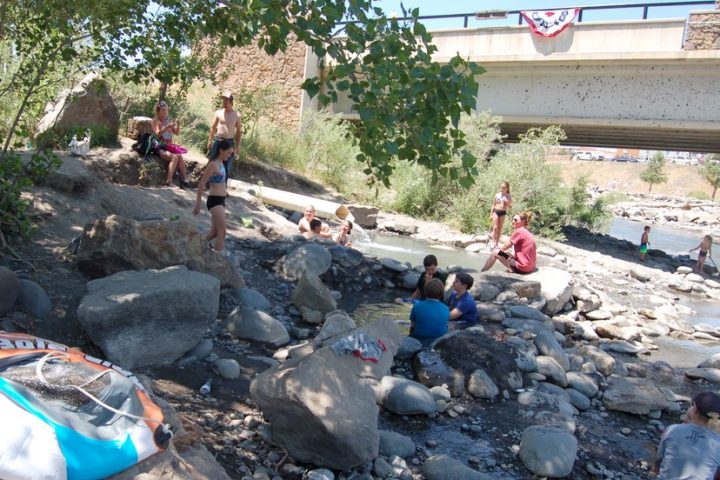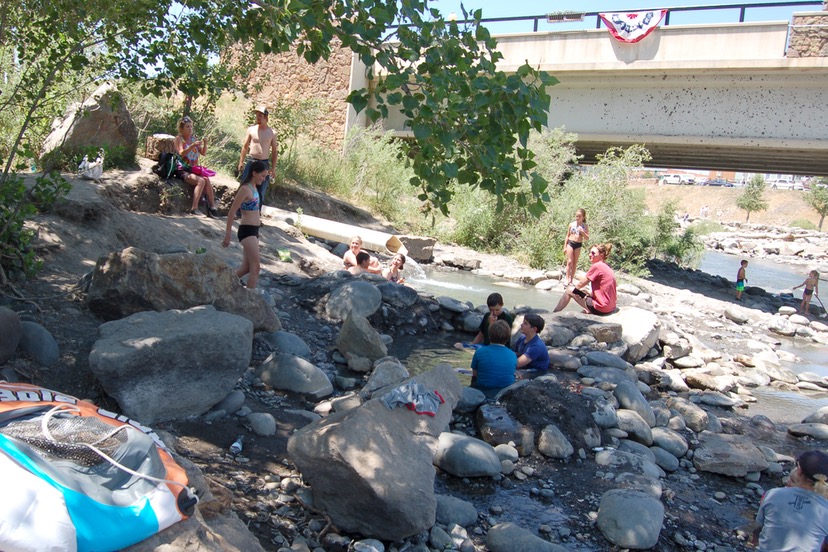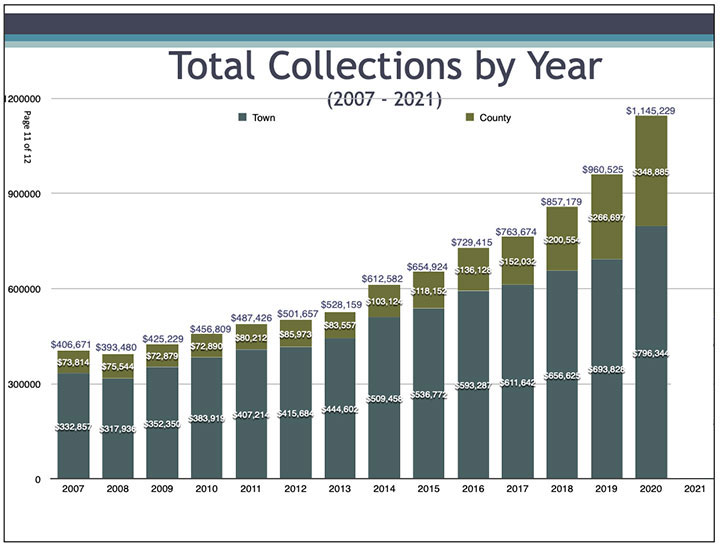But it’s gonna take money
A whole lotta spending money
It’s gonna take plenty of money
To do it right, child…
— ‘Got My Mind Set on You’ written by James Ray (1962), recorded by George Harrison (1987).
So, thanks to the willingness of the Archuleta Board of County Commissioners to stick their necks out and fund some housing projects using ARPA money that was supposed to be used to mitigate the effects of COVID, we have made a bit of progress toward preserving some of our existing workforce housing and perhaps building a couple of new homes next year.
We need more than a couple of new homes, per year, to address the current crisis. And to quote a hit song from 1987, that’s going to take plenty of money, to do it right, child.
Regular readers of the Daily Post may be aware that I currently serve on the board of Pagosa Housing Partners, a 501c3 charitable organization that provides research and advocacy aimed at increasing the stock of residential housing in Archuleta County. (As opposed to tourist housing.)
The PHP board meets twice a month, and the public is welcome to attend our board meetings. You can visit our website at https://pagosahousingpartners.org (If you would like to be on the email list and get a notice of future meetings, please write to me at billhudson.php@gmail.com )
The group does its work, for free. It has no paid staff.
PHP started as an advocacy and research organization, and certainly, advocacy and research is still needed, here in Pagosa Springs. But given the shortage of construction industry employees in Archuleta County, and considering the price of vacant land, and considering the skyrocketing cost of certain building materials, the PHP board has been discussing ways that our organization might actually start building workforce housing. The Town of Pagosa Springs issued a request for proposals, at the end of August — you can download the RFP here — seeking one or more companies to create workforce housing on three Town-owned parcels along Apache Street, near the high school.
Market forces — within the so-called “free market” economy — have driven the cost of residential housing beyond the means of many current or potential workers, and nearly every government and large business in the community has reported, or shown signs of, insufficient staffing.
So it’s going to take a whole lotta spending money, to dig us out of the hole we’re already in.
The Town Planning Commission and the Town Council, recently, have discussed a couple of tax measures that the voters might find attractive.
As I mentioned last week in a different editorial series, the town voters created a new tax — the 4.9% Town Lodgers Tax — via two ballot measures, one in 2005 and one in 2006. The tax is paid only by visitors when they stay in our hotels or vacation rentals; full-time residents do not pay the tax.
In my experience, it’s always easier to get a new tax approved, when the tax will be paid by someone other than the folks voting to approve it.
Since that tax was created, our local governments have spent about $9 million promoting one particular industry: tourism.
The general idea, then, was to build the Pagosa Springs economy based on tourist visits. And build it, we did. But now, 15 years later, we find that the economy we built doesn’t function very well for many full-time residents. The tourists have better housing that the workforce, and the Pagosa Springs Area Tourism Board has more ‘free money’ than they know what to do with.
In 2015, the Town Tourism Committee spent $655,000 derived from Town and County Lodgers tax collections, to promote tourism.
$537,000 of that funding came from lodging establishments located within the town boundaries, generated by a 4.9% Town Lodgers Tax; the remaining $118,000 was generated by Archuleta County’s 1.9% Lodgers Tax.
That was in 2015.
In 2020, the Town’s 4.9% tax generated $796,000. The County tax generated $349,000. That totals $1.15 million. We note here that the County’s portion of the Lodgers Tax total appears to be increasing at a faster rate than the Town’s contribution.
The Tourism Board is projecting, in their draft 2022 budget, similar collections for 2022. About $1.2 million.

Because the Town is a ‘Home Rule’ municipality, the town voters could choose to redirect some, or all, of the 4.9% Lodgers Tax to something we need more desperately than more tourist visits. The town voters could choose, for example, to redirect half of the 4.9% Lodgers Tax towards workforce housing.
Remarkably enough, this would still leave the Tourism Board with more revenues to spend, than they had in 2015.
There are two ways that this kind of proposal can be put before the town voters. The Town Council can itself choose to put the proposed change in front of the voters — say, on the upcoming April 2022 ballot. Or the voters themselves can petition the proposal onto the ballot.
Either group is free to suggest this change, and the town electors would be free to vote ‘Yes’ or ‘No’.
I suspect the electors would vote ‘Yes’ to reallocating this tax, in some fashion. Then, instead of dumping more than $1 million per year into tourism marketing, our Town government would have some pocket change to apply to the community’s worsening crisis.
But only about $400,000 a year. Like I said, pocket change… when we’re talking about a housing crisis. $400,000 is now the median sales price of a single-family home in Pagosa.
The Town Planning Commission and Town Council have also been discussing the idea of an excise tax on vacation rentals. That’s an interesting concept, and we’ll kick around some of the implications in tomorrow’s editorial.


